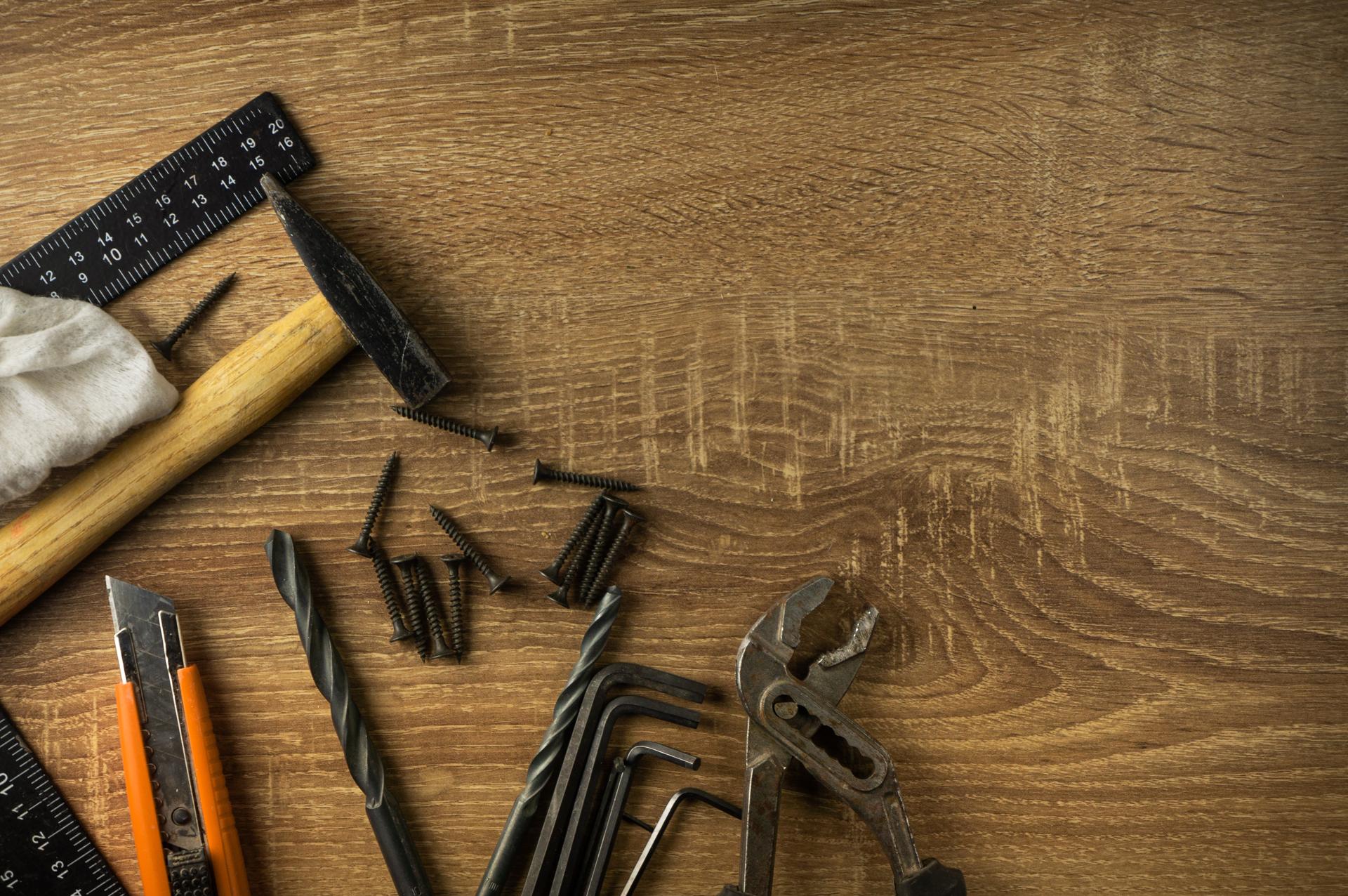How to Handle Basic Plumbing Problems at Home: A Do-it-yourself Guide

The plumbing system is an essential element of any household. Without proper maintenance they could be an issue for many that can lead to frustration and expensive repairs.
However, there are many advantages of learning to fix minor plumbing issues yourself, including saving money as well as learning valuable abilities. This article we’ll cover common plumbing problems and how to fix them yourself. them.
Common Plumbing Problems
Dripping Faucets
Dripping faucets are not only irritating, they also use up a large quantity of water in the course of time. The most frequent cause for a dripping faucet is a damaged washer or O-ring. To fix this issue switch off the water supply to the faucet, take out the handle, and replace the worn-out O-ring or washer.
Running Toilets
A running toilet is a common plumbing issue that can cause water to be wasted. The most typical cause is a faulty flapper valve that isn’t sealing properly, allowing water leak from the tank to the bowl. To resolve this issue, turn off your water source to the toilet. open the lid from the tank, and adjust or replace your flapper valve.
Clogged Drains
The cause of blocked drains is by a variety of factors, including hair, soap, and food particles. To fix this issue, you can try using the plunger or drain snake to eliminate the obstruction. Alternatively, you can make a mix of baking soda and vinegar to dissolve the clog.
Low Water Pressure
Low pressure water in the pipes could be due to a variety of factors such as mineral buildup within the pipes or a faulty pressure regulator. To resolve this issue try cleaning the aerator or replacing the pressure regulator.
Tools Needed for DIY Plumbing
For DIY plumbing, you will require a few tools such as the plunger, an adjustable wrench pipe wrench, Teflon tape and screwdriver. Having these tools on hand will help you fix minor plumbing issues.
Safety Tips for DIY Plumbing
Safety must always be top of mind when performing any plumbing repair DIY. Some tips for safety to keep in mind include turning off the water supply before making any repairs, and wearing gloves and safety glasses as well as keeping a first-aid kit nearby in case in the event of an emergency.
DIY Plumbing Techniques
To fix common plumbing issues for common plumbing issues, you’ll need to master some DIY plumbing methods, such as how to turn off your water source, how to fix a leaky faucet and how to fix an unresponsive toilet, how to unclog the drain, and how to increase water pressure. These techniques can save you time and money when it comes to minor plumbing repairs.
Conclusion
Learning how to fix small plumbing issues yourself is beneficial in numerous ways. It’s not just a way to help you save costs, but you will provide you with satisfaction and valuable knowledge. For more serious plumbing problems, it’s better to consult an experienced plumber.
FAQ
Can I fix a plumbing problem myself?
Yes, you can repair minor plumbing issues yourself, by learning basic plumbing tips for DIY.
What are the most frequently encountered plumbing problems?
The most common plumbing problems include dripping faucets, running toilets, blockages in drains, as well as low water pressure.
What tools do I need for plumbing projects at home?
You’ll need some indispensable tools like the plunger, an adjustable wrench, pipe wrench, Teflon tape and a screwdriver.
Is DIY plumbing safe?
DIY plumbing is secure if you adhere to safety guidelines and take the appropriate precautions.
When should I call a professional plumber?
You should contact a licensed plumber for plumbing problems of a serious nature that require specialist equipment and expertise.
